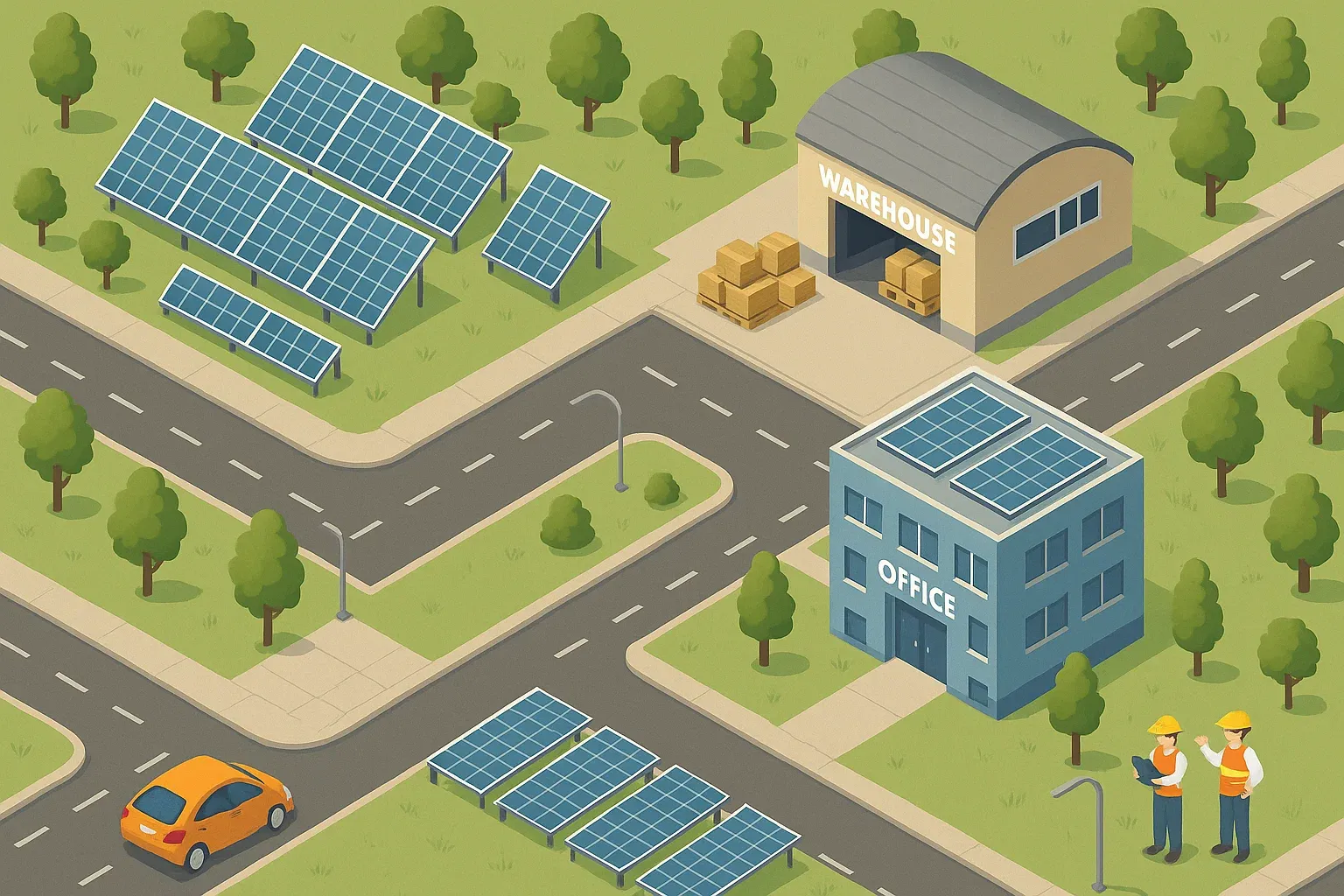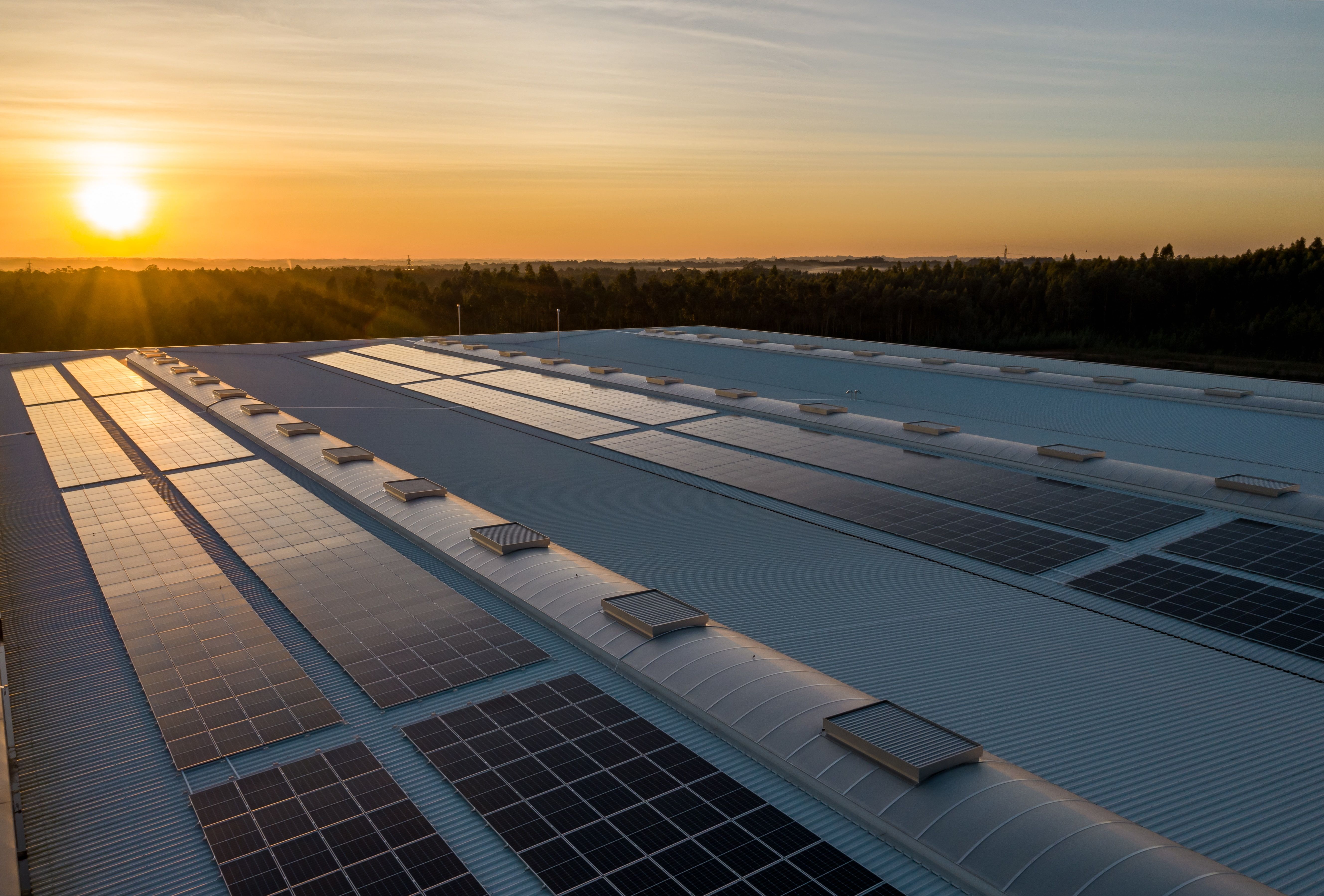Established in 1995, PEC Technology (Thailand) Co., Ltd. stands as a premier provider of comprehensive power system and energy storage solutions [1]. With over 28 years of invaluable experience in power electronics and the battery business, led by Mr. Kasiean Sukemoke [2], we offer unparalleled engineering design services to develop robust, efficient, and reliable power infrastructures. Our commitment is to ensure the longevity and optimal performance of critical power assets, including UPS, emergency lighting, and various long and short-duration power backup systems [3]. As an official distributor of high-quality C&D products, our designs integrate cutting-edge technology and proven reliability [1].
Core Pillars of Our Engineering Design Service
Our engineering design process is meticulously structured to address every facet of your power system needs, from initial concept to detailed implementation specifications.
Strategic Battery Technology Selection
Choosing the right battery chemistry and design is paramount for system performance and longevity. Our expertise encompasses a broad spectrum of technologies:
- Conventional Lead-Acid Batteries: Including Lead-Calcium-Tin Alloy, Pure-Lead + Catalyst, Advanced Lead-Carbon, and Tubular types [3]. These offer varied design lives (3/5/10/10+ years) and moderate quality and price [3].
- Lithium-Ion Batteries (Li-ion): We design systems utilizing Lithium-Iron Phosphate (LFP), Lithium Nickel-Manganese-Cobalt (NMC), and Lithium Manganese-Oxide (LMO) [4]. These are chosen for their high cycle life (up to 6000 cycles for energy applications), extended service life (10-15 years at 25°C), compact and lightweight design, and improved thermal stability (thermal runaway temperature at 250°C) [4, 5]. Design considerations include SOC accuracy and careful price/quality assessment [5].
- Nickel-Based Batteries:
- Nickel-Cadmium: Known for high cycle life (~1200 cycles), wide temperature range, and no thermal runaway issues due to aqueous electrolyte [6]. Our designs consider its need for a larger footprint, frequent maintenance, and non-environmentally friendly aspects [6].
- Nickel-Zinc: Offers a service life of ~15 years and more cycle life (~500 cycles) for high power applications with a wide temperature range and no thermal runaway [6]. Designs must account for its higher cost and the necessity for a Battery Monitoring System (BMS) to prevent overcharge [6].
- Emerging Alternative Battery Technologies (Roadmap 2030):
- Sodium-ion Batteries (SIBs): A cost-effective option for large-scale energy storage due to the abundance of sodium [7]. Our designs leverage their lower risk of thermal runaway (higher onset temperature of 200-250°C compared to LiBs at 150-200°C), non-flammable or less flammable electrolytes, and lower environmental impact [7-9].
- Magnesium-Ion Batteries (MIBs): Considered for their enhanced safety with non-flammable electrolytes and no dendrite formation, along with high abundance and environmental benignity [10, 11]. While still in the research stage, they offer high theoretical specific capacity and energy density [12, 13].
- Zinc-Ion Batteries (ZIBs): Suitable for Standby Power applications (UPS) due to high C-rate (up to 1C), high power density (up to 9,000 W/kg), and high safety from water-based electrolytes [14, 15]. Our designs address current challenges like dendrite growth and cathode material stability [14, 15].
- Aluminum-ion Batteries (AIBs): Feature exceptionally high cycle life (>20,000 cycles), very fast charging (potentially minutes), and high C-rate (up to 180C) [16, 17]. The non-flammable and less corrosive electrolyte enhances safety, working well at room temperature [18].
- All-Solid-State Lithium-ion Batteries (ASSLiBs): Represent the next generation, offering enhanced safety through non-flammable solid electrolytes, higher energy density (300-500+ Wh/kg), longer cycle life (800+ cycles), improved thermal stability, and reduced dendrite formation [19-22].
- We also consider Zinc-Air (Zn-air) and Vanadium Redox Flow (V-REB) batteries for specific applications [23, 24].
Optimized System Architecture and Sizing
Our engineering designs focus on delivering optimal system performance and longevity through precise configuration:
- Current and Voltage Requirements: We meticulously size battery strings and overall systems, considering application-specific DC/AC voltage and current demands [25-27].
- Space Optimization: We design layouts that maximize energy density while adhering to space constraints [28]. VRLA batteries, for instance, are notably more compact than flooded types [29].
- Inter-Connector Design: Specifying appropriately sized inter-connector cables between battery blocks, rows, and racks ensures voltage balance across the system, crucial for uniform performance [30].
- Integration with Power Electronics: Our designs ensure seamless integration with UPS systems [31], rectifiers, and chargers, accounting for normal/float charge and discharge scenarios [32, 33].
Enhanced Safety and Reliability Integration
Safety and long-term reliability are engineered into every design:
- Material Selection: We prioritize components that enhance safety and durability. Our battery cases and covers are made from high-quality Polypropylene (PP), which is UL94-V0 flame retardant [34, 35]. PP offers superior impact resistance, chemical resistance, and lower water vapor transmission rate (WVTR) compared to ABS, significantly reducing water loss and extending battery life [34-40]. For example, a PP case can reduce water loss by approximately 75% compared to an ABS case over five years (182.5g vs. 730g) [39, 40].
- Pure Lead Technology: Our designs often specify C&D's Pure Lead Plus (PLP) and Pure Lead Max (PLM) VRLA batteries, which use 100% pure (virgin) lead for grids and active materials [41-46]. This design choice significantly reduces grid corrosion and self-discharge, extending design life up to 11-16 years at 25°C [41, 46].
- Catalyst Technology (PLM series): For VRLA batteries, our designs may incorporate catalyst technology to further balance internal cell chemistry, promote efficient oxygen-hydrogen recombination, and reduce water loss and gassing [46, 47]. This innovation can dramatically increase battery lifespan (e.g., from 8 years to over 15 years) and reduce internal resistance [34, 47, 48].
- Thermal Management: Our designs consider proper air circulation and spacing (approximately 0.5 inches or 1.25 cm between batteries) to ensure effective heat dissipation and prevent thermal runaway, a critical safety concern [49-52].
- Polarization Control: We design systems that aim to balance polarization on positive and negative electrodes, minimizing grid corrosion and preventing capacity loss over time [45, 53-57].
Proactive Monitoring and Maintainability Design
To ensure sustained performance and ease of management, our designs integrate advanced monitoring and facilitate maintenance:
- Battery Monitoring Systems (BMS): We design for the seamless integration of state-of-the-art BMS solutions, such as our BEMoS. BMS continuously monitors total system voltage, individual battery voltage, charge/discharge current, internal resistance (Ri), and temperatures [52, 58]. This enables real-time data analysis, proactive problem detection (e.g., high Ri, low cell voltage, thermal runaway indicators), and immediate alerts via pop-up, SMS, and email [52, 59-61]. BMS solutions are especially beneficial for large-scale UPS systems with high voltage and current demands [62].
- Maintainability Standards: Our designs adhere to international battery maintenance standards such as IEEE 450 for Vented Lead-Acid and IEEE 1188 for Valve Regulated Lead-Acid (VRLA) batteries [63]. This includes designing for accessible battery terminals for cleaning and torque checks, as well as clear battery numbering for easy identification during maintenance [30, 64].
- Site Preparation Guidelines: We provide design guidelines for site preparation, including recommendations for acid-resistant floor coatings and adequate lighting for maintenance tasks [49].
The PEC Technology Advantage in Engineering Design
Partnering with PEC Technology for your engineering design needs means leveraging decades of specialized expertise to achieve optimal power system performance. Our deep understanding of diverse battery chemistries, coupled with our rigorous design methodologies and commitment to quality, ensures that your power infrastructure is not only robust and efficient but also safe and long-lasting. By meticulously designing for reliability, safety, and maintainability, we help minimize downtime, maximize your investment, and deliver sustained operational excellence.
Contact PEC Technology (Thailand) Co., Ltd. today to discuss your battery engineering design requirements.
- Address: 181, 183 Sukontasawat Rd., Ladprao, Bangkok 10230 [65, 66]
- Email: sales@pectecth.co.th [65, 66]
- Phone Number: +66-2907-8521 [65, 66]
- Website: www.pectecth.co.th [65, 66]



